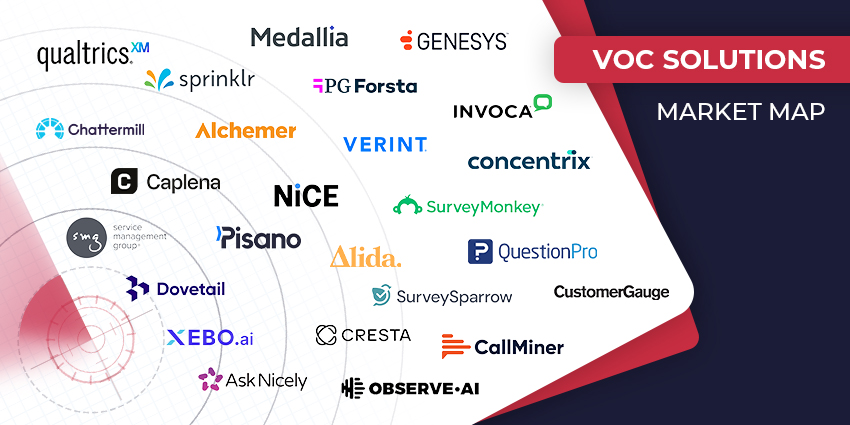The results of our latest research study measured the negative impact dark patterns continue to have on online consumers and social media users. The overarching message that many CX leaders have taken away is this: it’s time to make a stand for honest, informed user experience design that builds trust and loyalty between companies and their customers.
Using subtle shopping tricks like putting pressure on customers with countdown timers, offering free subscriptions via checked boxes for continued subscriptions, and special prices to make shoppers think they are getting a rare deal – these are all examples of dark design patterns.
The study, which surveyed 1,000 e-commerce and social media users between the ages of 18 and 54, shows that despite regulatory efforts and the best efforts of most designers, dark patterns are still present in tactics such as false count-down animations, highly-charged wording, or even roadblocks to cheaper purchases.
The worrying part is the evident impact on customers and their trust in brands. The research shows that dark website patterns are undoubtedly causing financial loss for customers. Nearly 63% of the survey respondents said that they’d had to actively ‘deselect’ supplementary products or services that were added automatically during checkout. A further 62% revealed that they had been intentionally guided with designs such as brightly-colored buttons toward more expensive products as they shopped online.
The costs of dark patterns are high
The stark reality for brands using dark pattern partners will be a loss of revenue. The survey findings back this up, showing that over 43% of online shoppers had stopped buying from an online retailer due to dark patterns. While online shopping emerged as the worst offender for dark patterns – 41% said it was where they most often experienced dark patterns – social media also ranked high, with 37% of respondents saying it was the most frequent offender.
Critically, over 40% of respondents revealed that they had experienced unplanned financial consequences due to dark patterns. This included clicking ‘yes’ to purchase more expensive items when cheaper options were made insufficiently visible, or being rushed through purchases with prompts.
The underlying threat of running out of time, combined with perceived supply (‘last one left’) and demand (‘most popular’) is clearly a tactic used by many businesses online. Over 65% of Internet users in the study indicated that they had been rushed through an online transaction by notifications urging them to hurry up due to limited supply. This includes transactions on online travel sites, such as airline seat booking.
The study found not everyone encounters dark patterns daily – in fact, only 40% said they encounter it ‘frequently’ or ‘often.’ However, it’s clear that the victims of dark patterns are annoyed, with 41.30% saying they agreed with the statement ‘I can’t stand it, and companies need to stop it,’ and a further 43.60% agreeing with the statement ‘I’m irritated.’
In the United States, the Federal Trade Commission (FTC) has taken action against companies using deceptive dark patterns in the past. They can investigate and enforce actions against businesses that engage in deceptive practices. In September 2022, the FTC announced a $520 million settlement with video gaming giant Epic Games over allegations that it had deceived users into making unintentional purchases.
Building long-term trust and loyalty among customers is critical
Dark patterns are nothing new, but the problem is that they get more clever as the stakes get higher: what was once a nuisance on an off-the-beaten-track user experience, is now a gamble on privacy, data sharing, and unintended financial consequences.
It’s time for companies to empower their designers to put the user first. We are very lucky to be working with companies like Atlassian, Canva and Okta that are true ambassadors of responsible user experience design, driven by customer research. It’s this combination that allows them to create products and services that people love, and, just as importantly, build long-term trust and loyalty among their customers.







